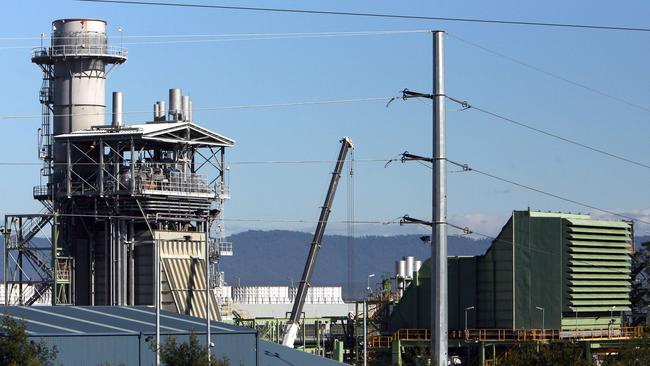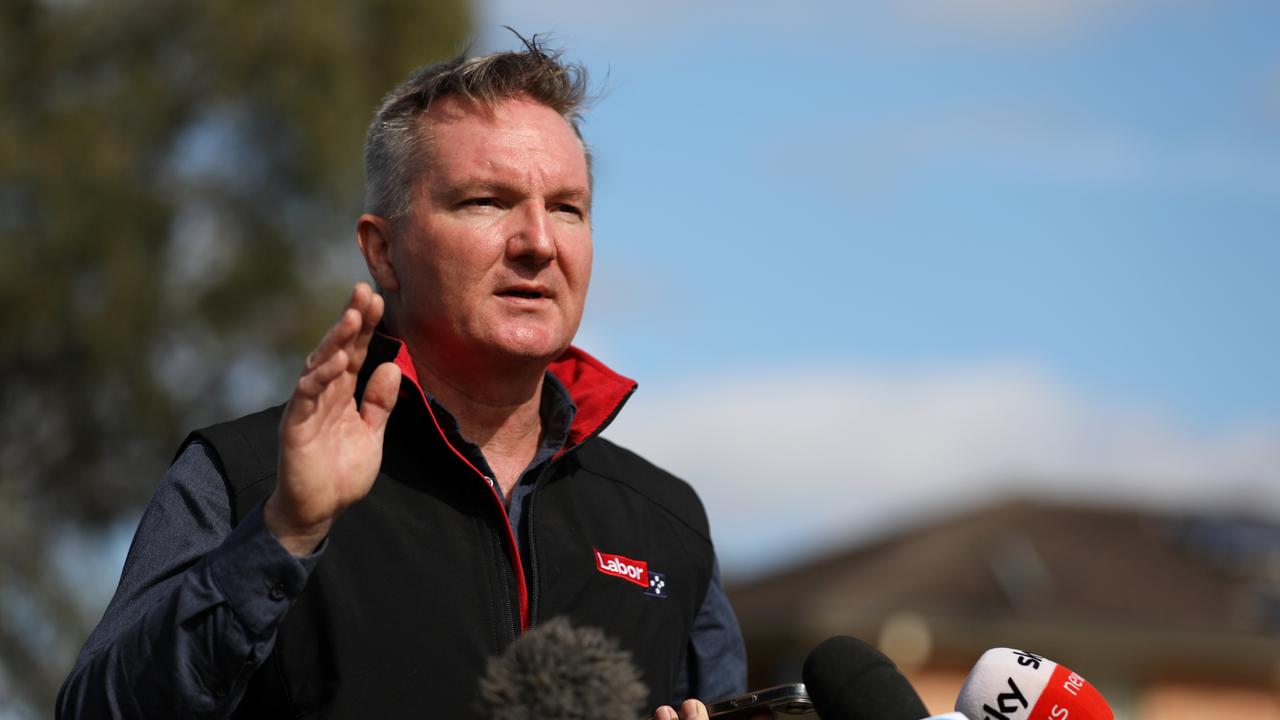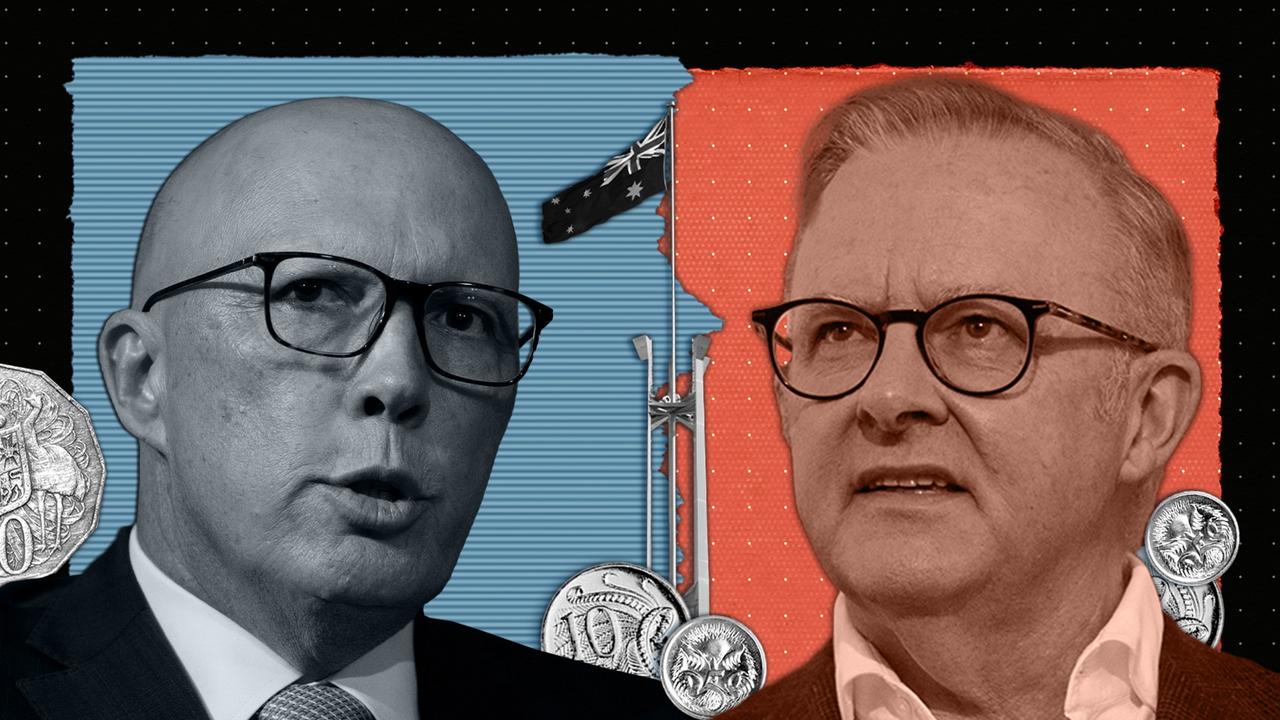
The virus had exposed the fragility of many of our supply chains, with the shelves of our large discount and hardware stores becoming bare as the influx of cheap China-made goods dried up, albeit temporarily. There was also a fear that some pharmaceutical products would become unavailable as many of them were not manufactured here.
In October last year, the federal government announced a $1.5bn Modern Manufacturing Strategy. Scott Morrison declared that “we make things in Australia. We do it well. We need to keep making things in Australia. And with this strategy, we will.”
This declaration was surely stretching the truth. Yes, we make some things in Australia but much less than we used to. Whether we do it well is highly questionable given the spate of recent and announced closures of heavy manufacturing plants in the past six months, including two refineries and one petrochemical plant. And the reality is that more are teetering, including several large aluminium smelters.
Consider employment in manufacturing in Australia. There are about 850,000 workers in the sector, a decline of 1.7 per cent during the past five years. This compares with a rise in total employment across the same time of 12 per cent.
Manufacturing employment is only 6.6 per cent of total employment. It was more than 10 per cent in the living memory of many voters.
What else do we know about employment in manufacturing? For starters, it has a very highly male share — nearly 70 per cent. It also offers full-time jobs at a much higher rate than the labour market as a whole. Nearly 83 per cent of all manufacturing jobs are full time.
The largest occupational group is structural steel and welding trade workers, followed by metal fitters and machinists. The median rate of pay in manufacturing is significantly higher than for the economy as a whole.
Now $1.5bn may sound like a lot of money but it’s really a drop in the ocean were manufacturing in Australia really to be revived. And note here that this sum of money covers six sectors, including: resources technology and critical minerals processing; food and beverage; medical products; recycling and clean energy; defence; and space. This is surely spreading the funds very thinly.
The prediction that manufacturing as a whole will continue to shrink looks like a safe bet. Many manufacturing plants, some close to 50 or so years old or older, face an extremely uncertain future. The owners have been prepared to run the plants using written-down asset values, not always profitably, but the incentives to make new investments are extremely weak.
We should think here beyond just oil refineries and various smelters but other plants producing fertiliser, cement, other building materials, and paper and packaging products.
Certainly some plants have hung on for longer than expected. One example is the aluminium smelter at Bell Bay in Tasmania. Sub-scale and using old technology, the plant has had nearly as many lives as a cat, in part because it is powered by hydro.
When these plants were set up, the cost of electricity and the required feeder stocks were relatively low. And international transport costs were relatively high, meaning that importing many goods didn’t make sense.
To be sure, we have always been a high labour cost country and one riddled with restrictive labour practices that limit managers’ scope to run efficient plants. But there were offsetting factors that made investment in these plants viable propositions.
Now we also have very high electricity prices (and uncertain supply) and the cost of the feeder stock — methane, for instance — has increased dramatically. Both the falling cost and feasibility of international transport mean goods that previously were prohibitive to import now can often be bought more cheaply from other countries.
The government is pinning its hope in part on its gas-fired recovery to spur new investment in manufacturing, directly and indirectly through lower electricity prices. The idea is that by cutting energy costs, businesses will be inclined to invest in new manufacturing plants.
There has been some short-term success on gas, with falls in prices from about $8 to $10 per gigajoule in 2019 to about $6 to $7 mid-last year. The problem is that it’s hard to see these lower prices being sustained, with the Australian Competition & Consumer Commission predicting a shortage of gas in Victoria and NSW as early as 2024.
With ongoing restrictions on supply, in Victoria in particular, and delays in any liquefied natural gas import facility being built on the east coast — how long has that one been talked about? — the gas-fired recovery may come to little. After all, an investment in a large-scale manufacturing plant costing several hundred million dollars or more requires a degree of certainty when it comes to input availability and costs.
Needless to say, there will continue to be some manufacturing activity in Australia, although it’s much likelier to be relatively small-scale, design-focused and concentrated on export markets. There are some examples of manufacturing excellence, just not enough.
Impediments for these manufacturing companies abound. One successful company in Melbourne making to-order reinforced glass found the cost of adding another shift prohibitive to the point that orders had to be refused. Some companies have opted to set up factories overseas rather than expand locally. Amazingly, CSL set up a plant in high-cost Switzerland rather than invest in a new plant here.
Short of tackling the real impediments to investment in manufacturing, the likely future is that Australia won’t make much at all, continuing the trend of the past several decades. It’s all very well the federal government talking about “streamlining regulation, cutting red tape and cutting input costs”, but actions speak much louder than words.
We will continue to extract resources using world-best practices, but increasingly any further transformation will be undertaken overseas. Our farmers will continue to produce high-quality food and fibre, but again further processing will be offshore. The economy will become increasingly services-dominated, most likely with a larger public sector. We will end up making cups of coffee, looking after each other’s kids and elderly relatives, and churning out endless memos and unread reports in the public sector.




One of the potentially positive things to emerge from COVID, at least in its early phases, was a seeming determination on the part of the federal government that Australia should start to make things again.